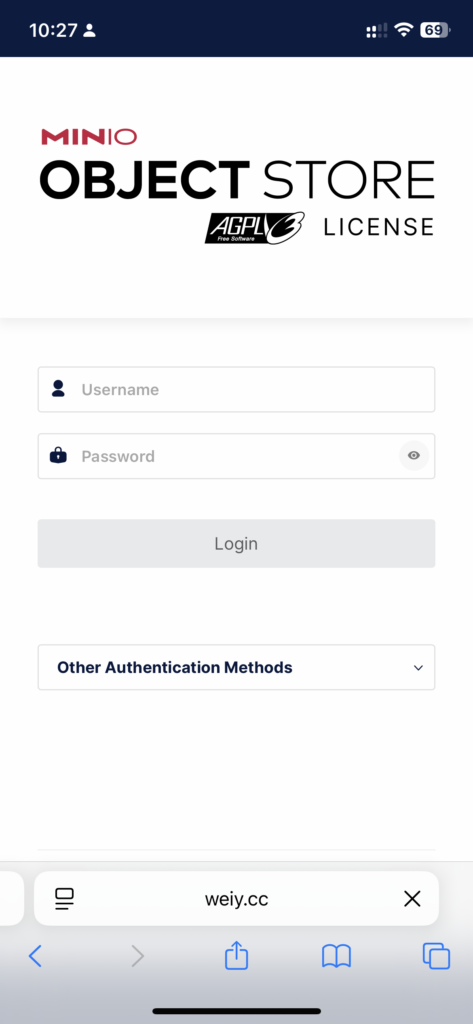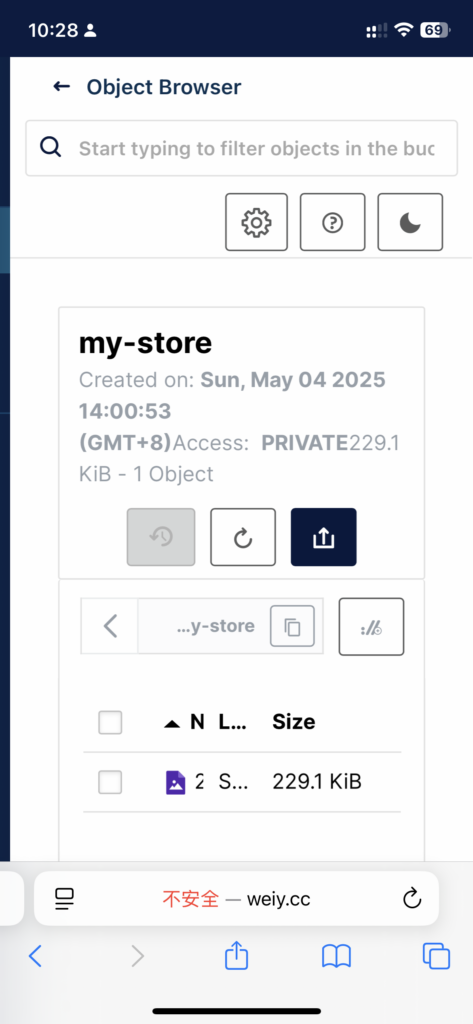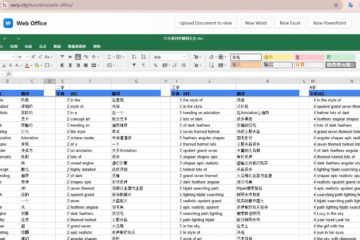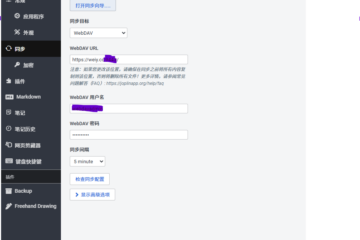
.
Sometimes we need to transfer important files between devices, and using WeChat for file transfers is inconvenient. Instead, you can use Minio to build a private cloud, ensuring privacy and security.
First, you need a cloud server. (You see, some people claim cloud servers are useless, but this is another practical use case I’ve discovered after setting up a RustDesk remote server.)
Let’s walk through the steps.
Quick Deployment with Docker
The fastest method is to deploy via Docker, avoiding various potential bugs.
Pull the Minio Image:
docker pull minio/minioRun Minio in the Background
Configure it to auto-start on reboot. Set the access port to 9021, data storage directory to /root/Download/minio/data, and configuration directory to /root/Download/minio/config (all customizable). Replace <your-name> and <your-password> with your credentials.
docker run -p 9029:9029 -p 9021:9021 \
-v /root/Download/minio/data:/data \
-v /root/Download/minio/config:/root/.minio \
-e "MINIO_ROOT_USER=<your-name>" \
-e "MINIO_ROOT_PASSWORD=<your-password>" \
--restart=always --name minio \
minio/minio server /data --console-address ":9021" &Note: Ensure your ports are open. If not, configure the firewall:
sudo firewall-cmd --list-ports sudo firewall-cmd --add-port=9021/tcp --permanent sudo firewall-cmd --reload
Disable Auto-Restart
To stop Minio from auto-restarting, reconfigure Docker:
docker update --restart=no minio
docker inspect minio | grep RestartPolicy -A 3 # Check status
docker stop minioCheck Minio Processes
ps -aux | grep "minio"Transfer file to the server by iphone.

.



